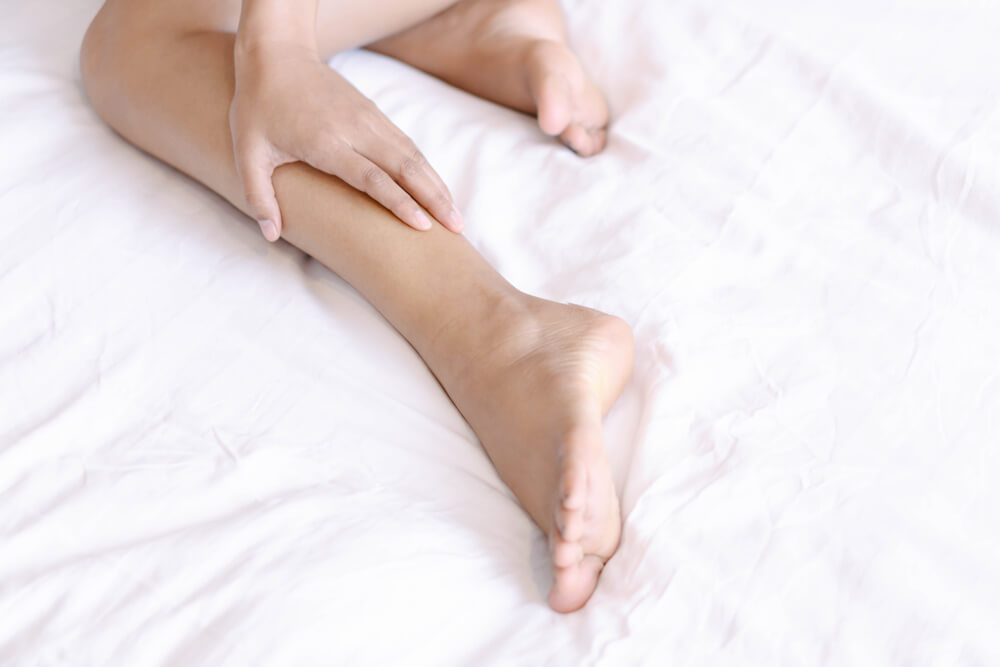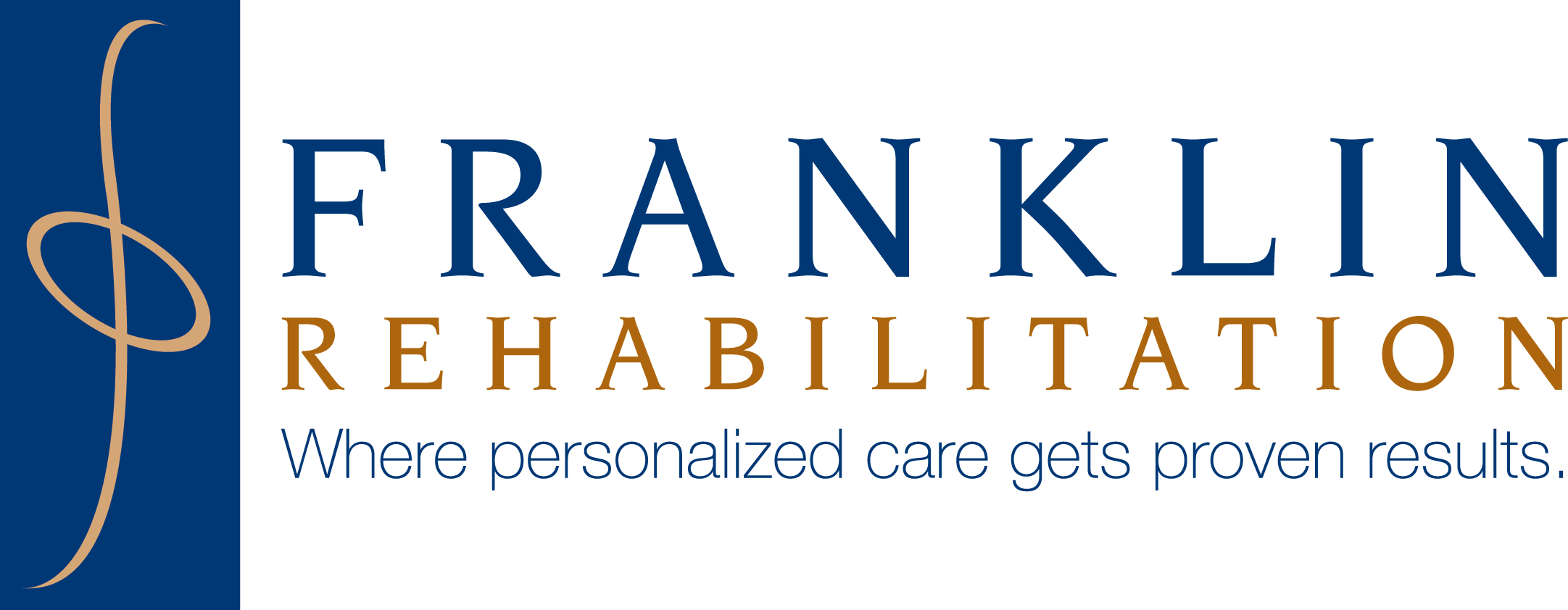Four common signs you have restless legs syndrome

Having trouble sleeping at night? Constantly feeling the need to move your legs? If you answered yes to these questions, you may have a condition called restless legs syndrome.
This issue is also called Willis-Ekbom disease (WED). According to published reports, an estimated 7% to 10% of our population suffer from this leg issue. WED is a neurological disorder characterized by unpleasant sensations in the legs and an uncontrollable urge to move when at rest to relieve the discomfort. In most cases, the cause of this condition is unknown (referred to as idiopathic). However, our physical therapists can help you learn about some common signs that you have restless legs syndrome. They can also build treatment plans designed to treat your symptoms.
Restless legs syndrome is typically diagnosed using these four signs
Currently, there’s no single diagnostic test for restless legs syndrome. This can make clinical diagnosis difficult. Physicians and therapists must rely largely on the patient’s description of symptoms and information from their medical history to diagnose this condition.
There are, however, some criteria for diagnosing restless legs. The National Institutes of Health provides four specific criteria for diagnosis:
- An urge to move the limbs with or without sensations.
- Improvement with activity — Many patients find relief when moving, and the relief continues while they’re moving. In more severe cases this relief of symptoms may not be complete, or the restless legs symptoms may reappear when the movement ceases.
- Worsening at rest — Patients may describe being the most affected when sitting for a long period of time. For instance, symptoms often occur when traveling in a car or airplane, attending a meeting or watching a performance. An increased level of mental awareness may help reduce these symptoms.
- Worsening in the evening or at night — Patients with mild or moderate WED show a clear circadian rhythm to their symptoms; their sensory symptoms and restlessness tend to increase in the evening and at night.
In some cases, other conditions such as an iron deficiency may cause restless legs. This means WED can be a secondary problem that may respond to treatment of the primary ailment. For more information on other conditions known to cause restless legs, please visit the National Institutes of Health’s website.
How can restless legs syndrome affect your daily life?
The most common sensations people feel when they have restless legs syndrome are burning, creeping, tugging, or something like insects crawling inside the legs. These sensations usually occur deep inside the leg, usually between the knee and ankle. The sensations also generally affect both legs, but they can also only affect one leg. Additionally, they can be present in the arms. WED is more common in women than men.
Unfortunately, most people seek treatment only when they have moderate to severe symptoms. What most “mild” sufferers may not realize is that the syndrome is progressive. It’s important to begin managing the symptoms before they become progressively more severe.
Because moving the legs relieves the discomfort, people with WED will often keep their legs in motion by pacing the floor. They might also constantly move their legs while sitting and toss and turn in bed. The most unusual aspect of WED is that lying down and trying to relax activates the symptoms.
As a result, most people with restless legs will have difficulty falling asleep and staying asleep. For many the symptoms disappear by early morning, allowing for more refreshing sleep at that time. Many moderate to severe sufferers report that their job, personal relations and activities of daily living are strongly affected as a result of their exhaustion.
Franklin Rehabilitation can help you find treatment for restless legs syndrome
Although movement brings relief to those with restless legs syndrome, it’s generally temporary. If there is an underlying medical condition, resolution will alleviate many of the symptoms. For patients who have idiopathic WED, treatment is directed at relieving the symptoms. Our physical therapy team at Franklin Rehabilitation can develop a specific program for treating and managing your restless legs symptoms.
The treatment program we develop for you can include therapy techniques such as:
- Manual therapy techniques for the nerves, joints, muscles and soft tissue
- Therapeutic exercises to improve posture and flexibility
- Functional training in self-care and home management
- A home treatment plan to help with symptom control
Ready to take the next step to get our help treating your restless legs? Contact our team today for more information or to schedule an initial appointment.
